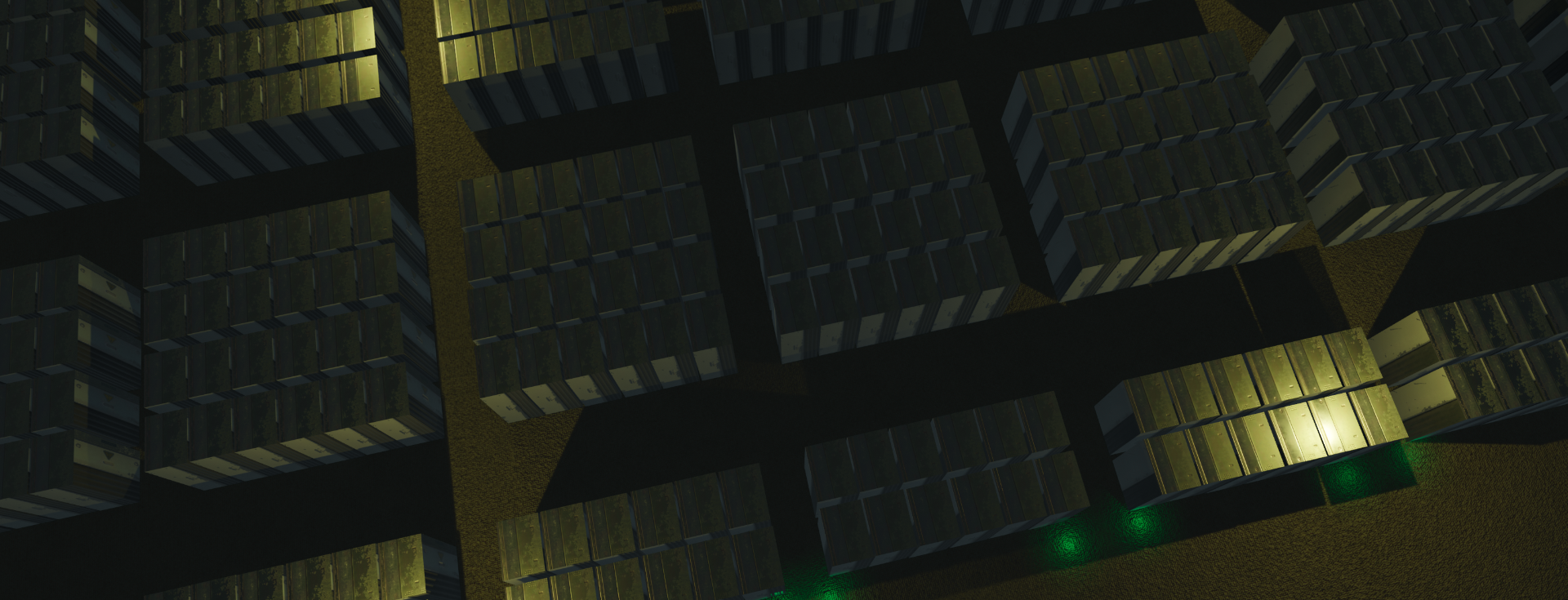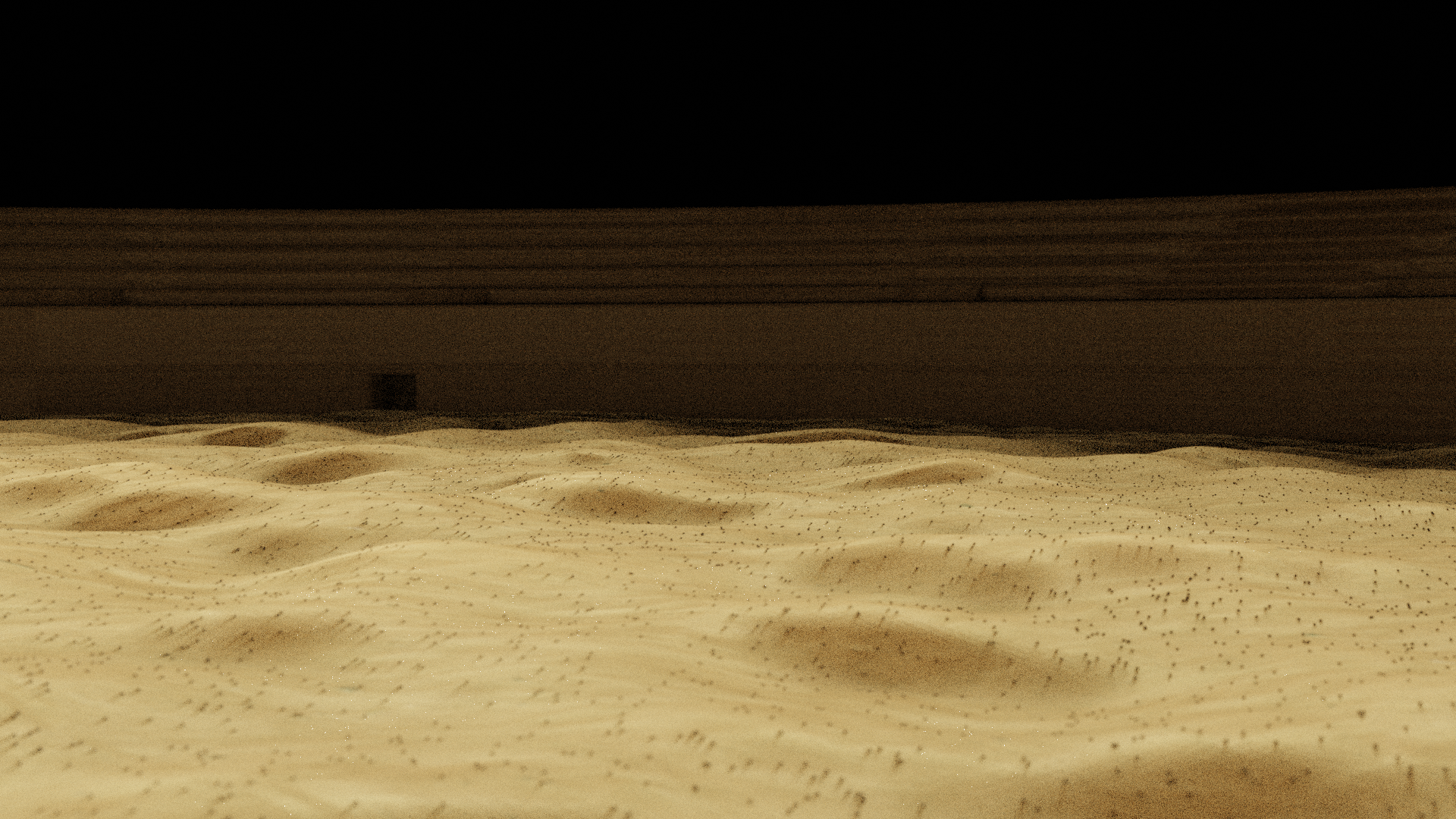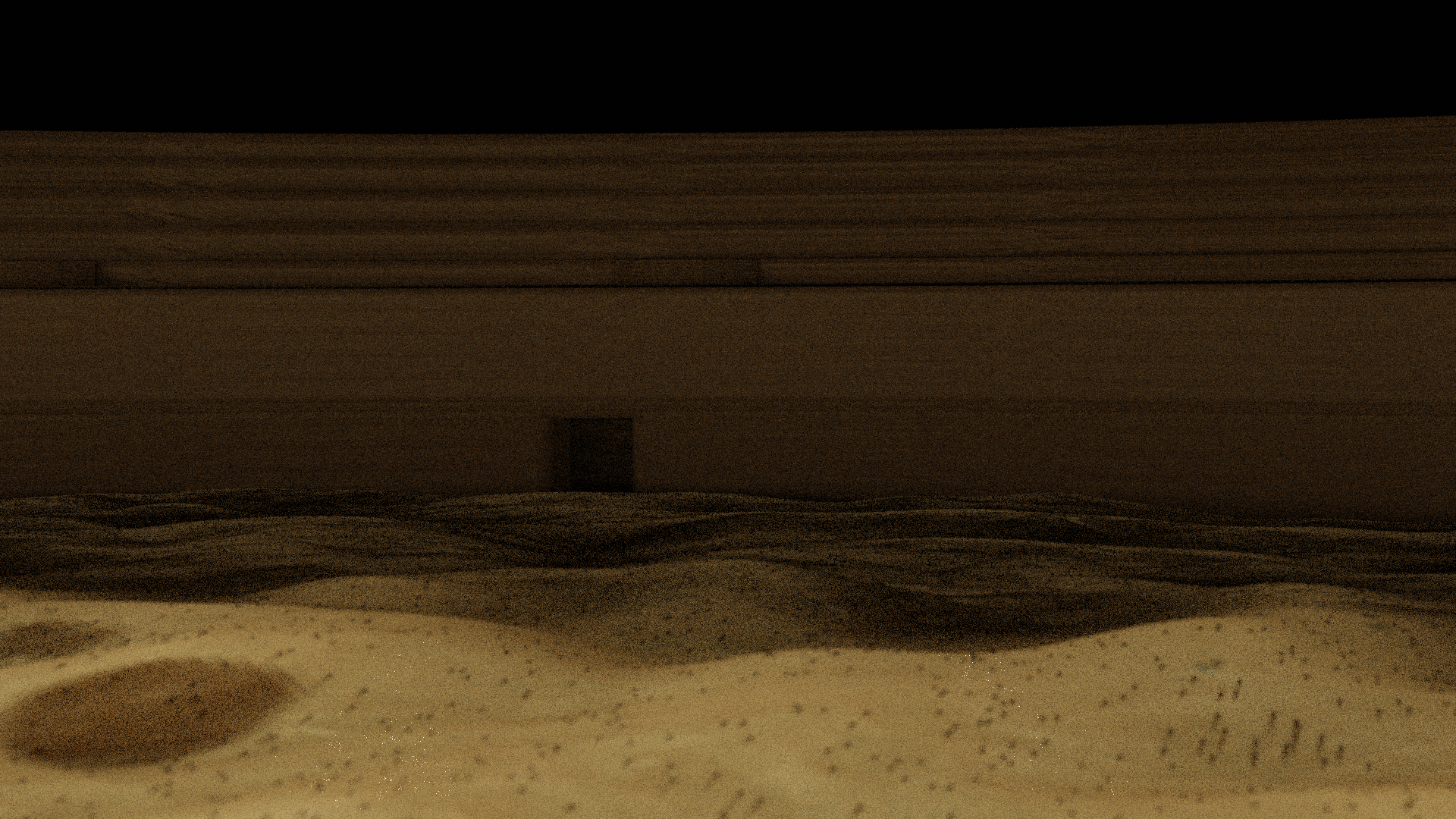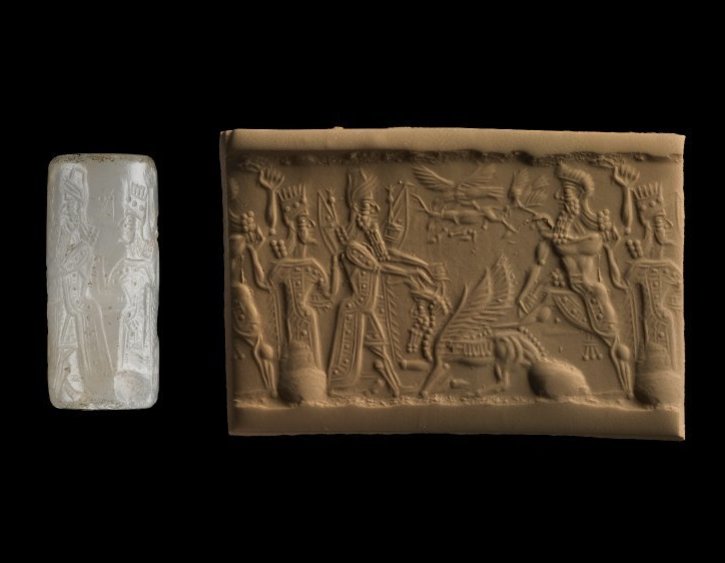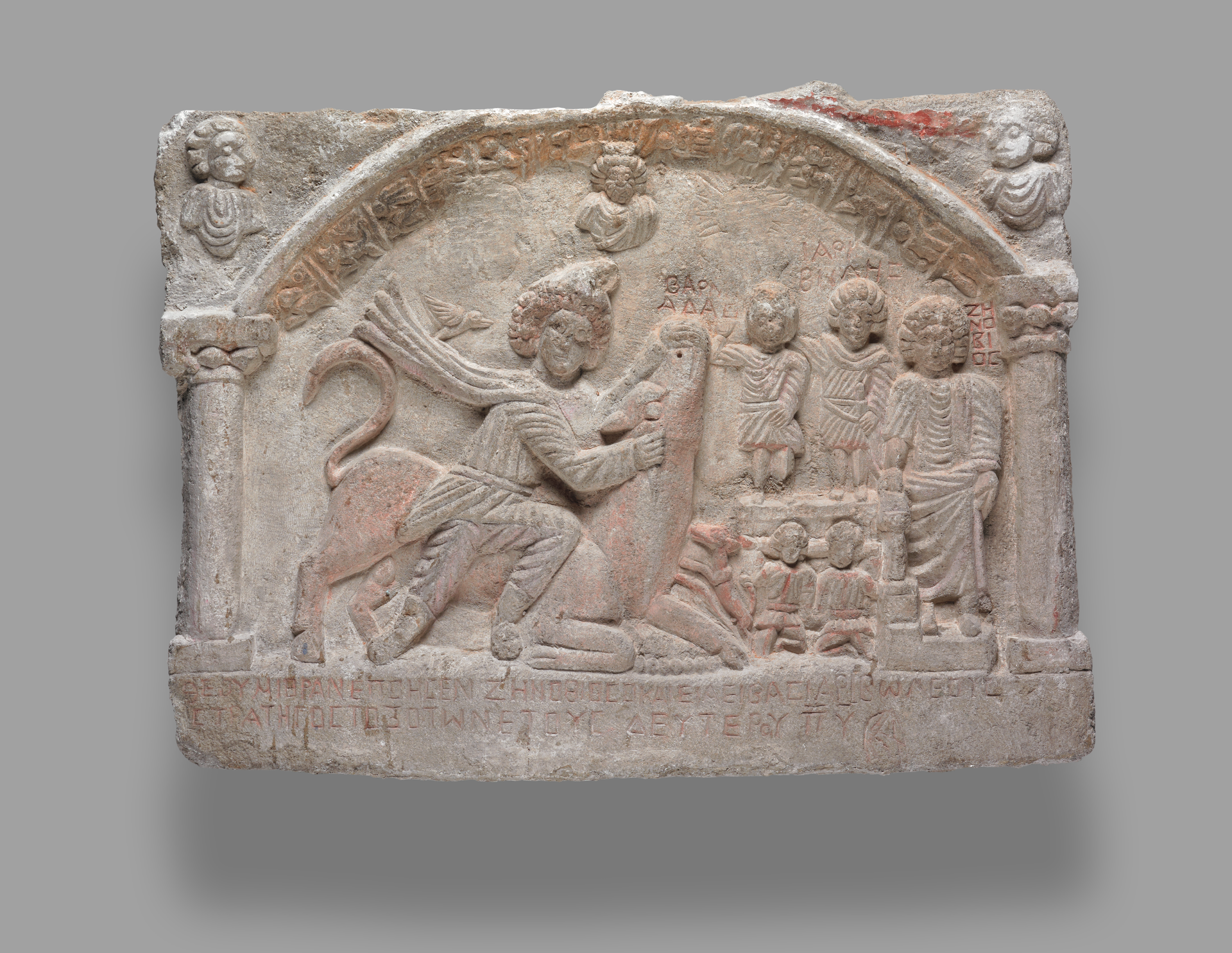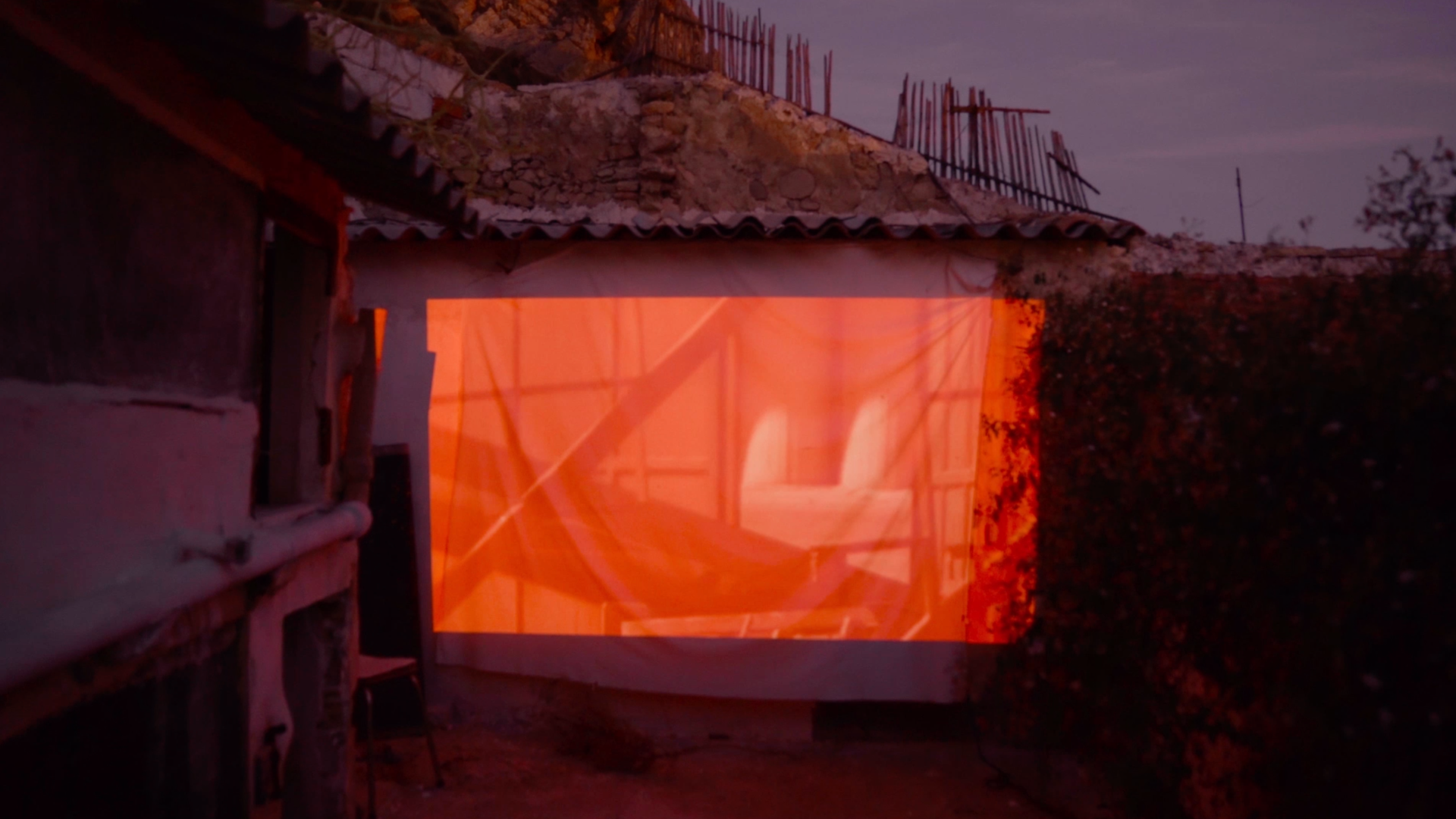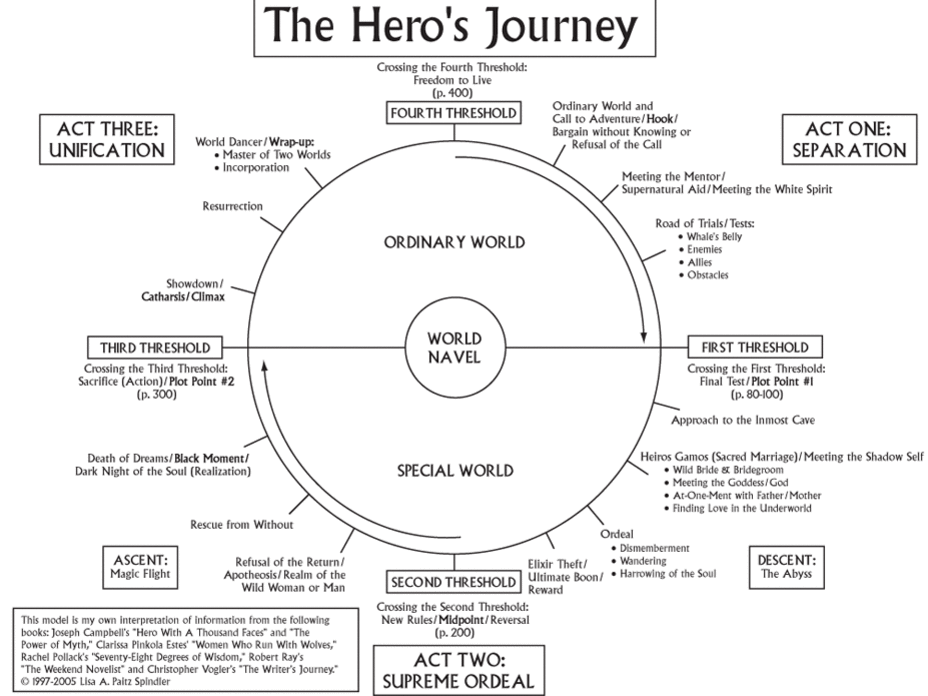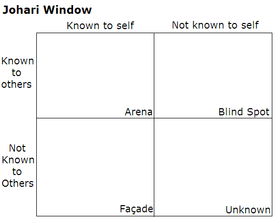
ARENAS, RECURSIONS, ECHOES, CYCLES

A painting speculating on the image of a god, Cueva de Serrata, Cieza, Spain, 2019. The significance of this drawing embodies our capacity as sentient beings to imagine, to project, to tell stories.

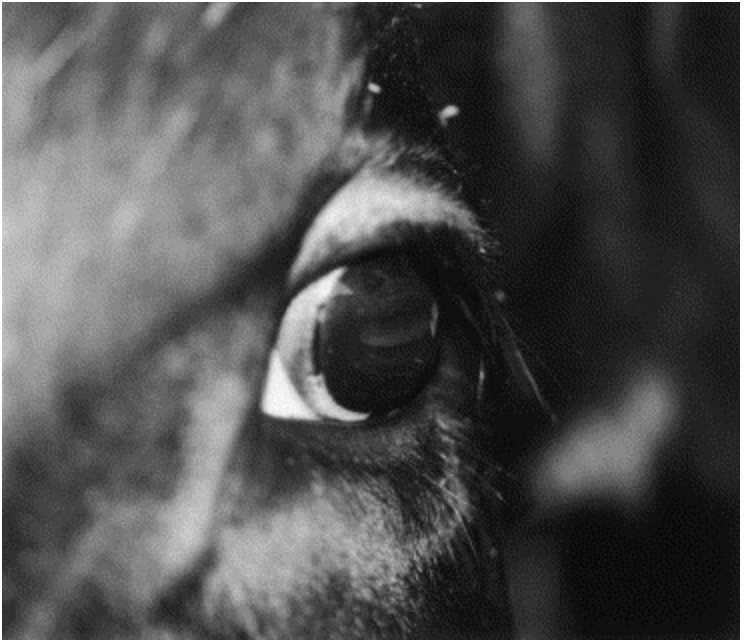
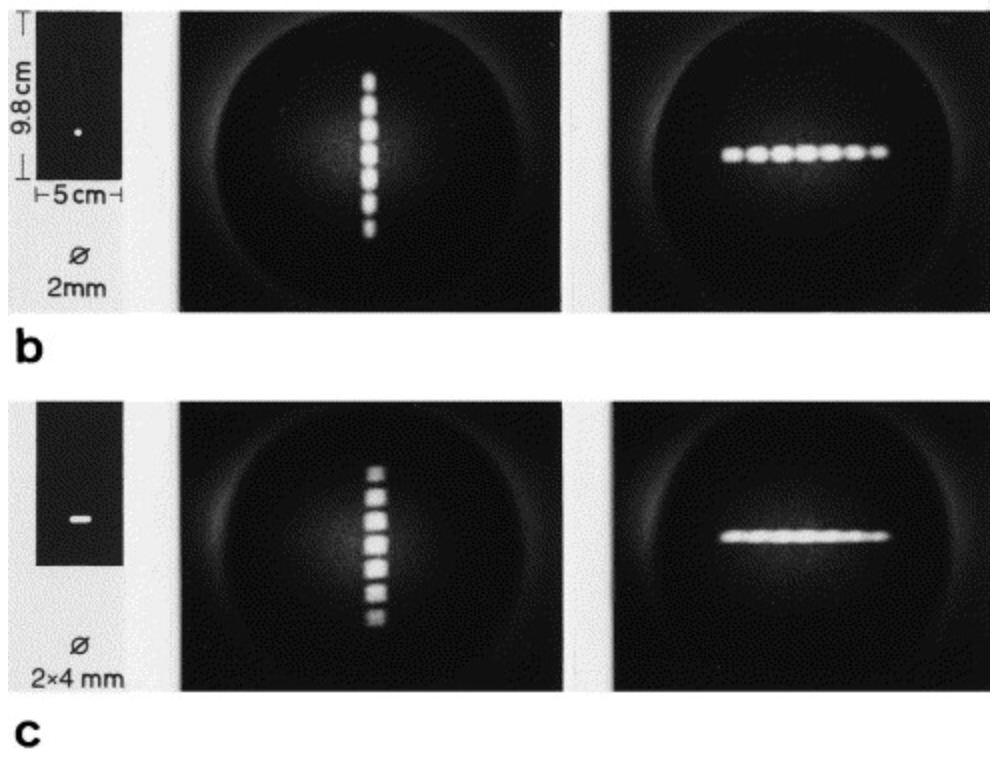
Left and below: tracing the River Segura from a hydroelectric dam in Blanca to the Cueva de Serrata (the cave containing the featured cave paintings) outside Cieza. August 2019. Below: the same route, but from the backseat of a car.
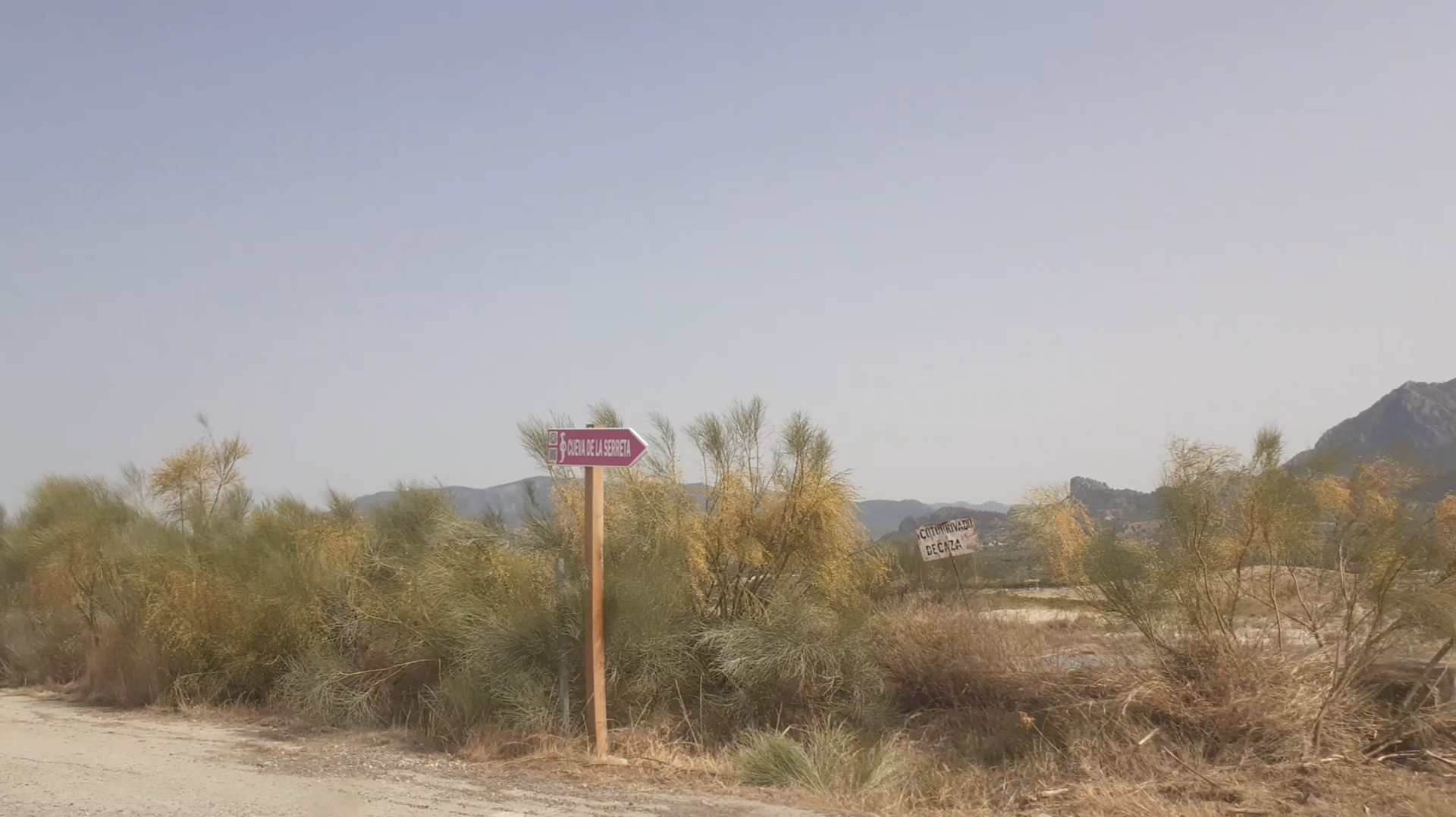
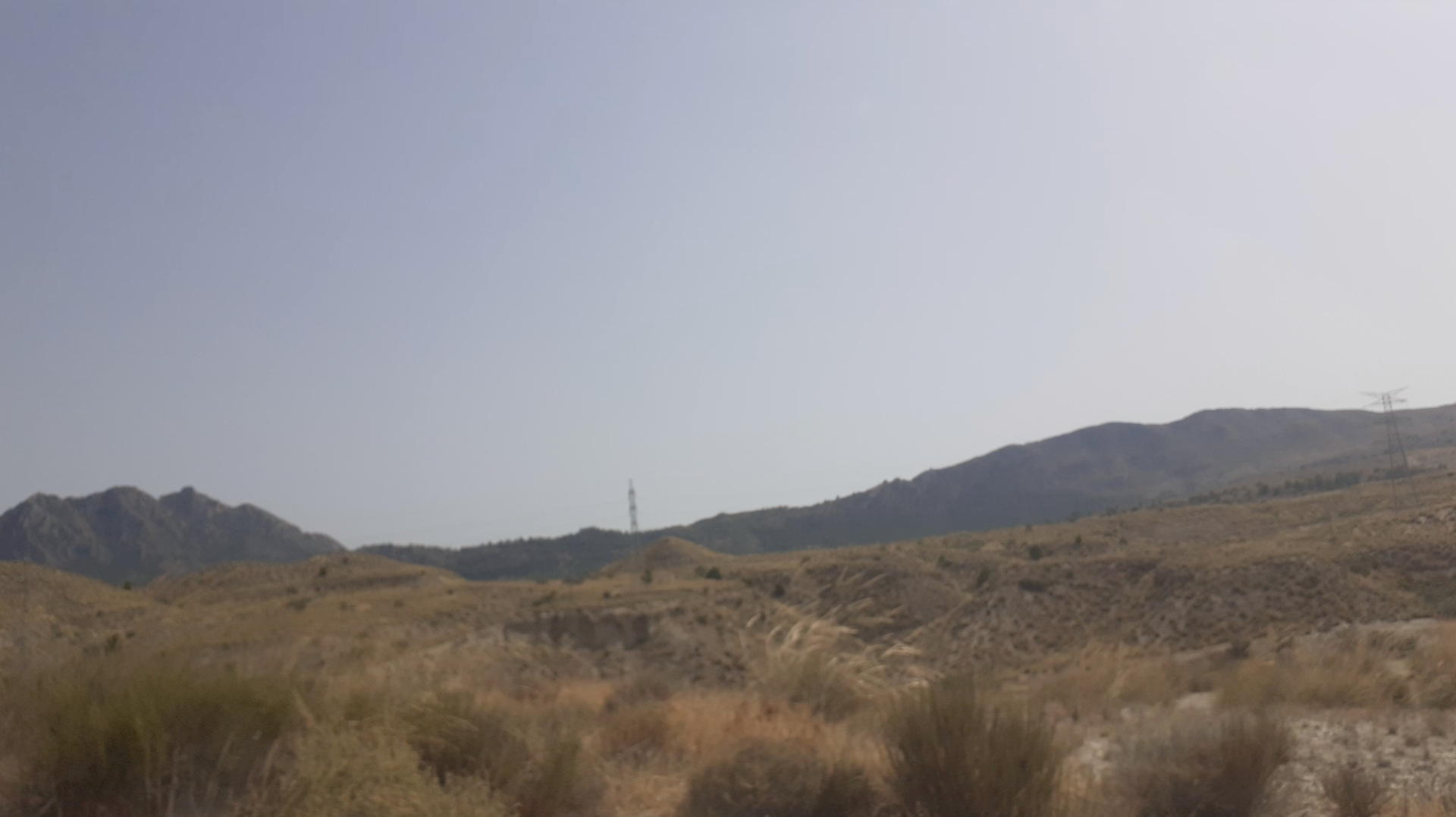

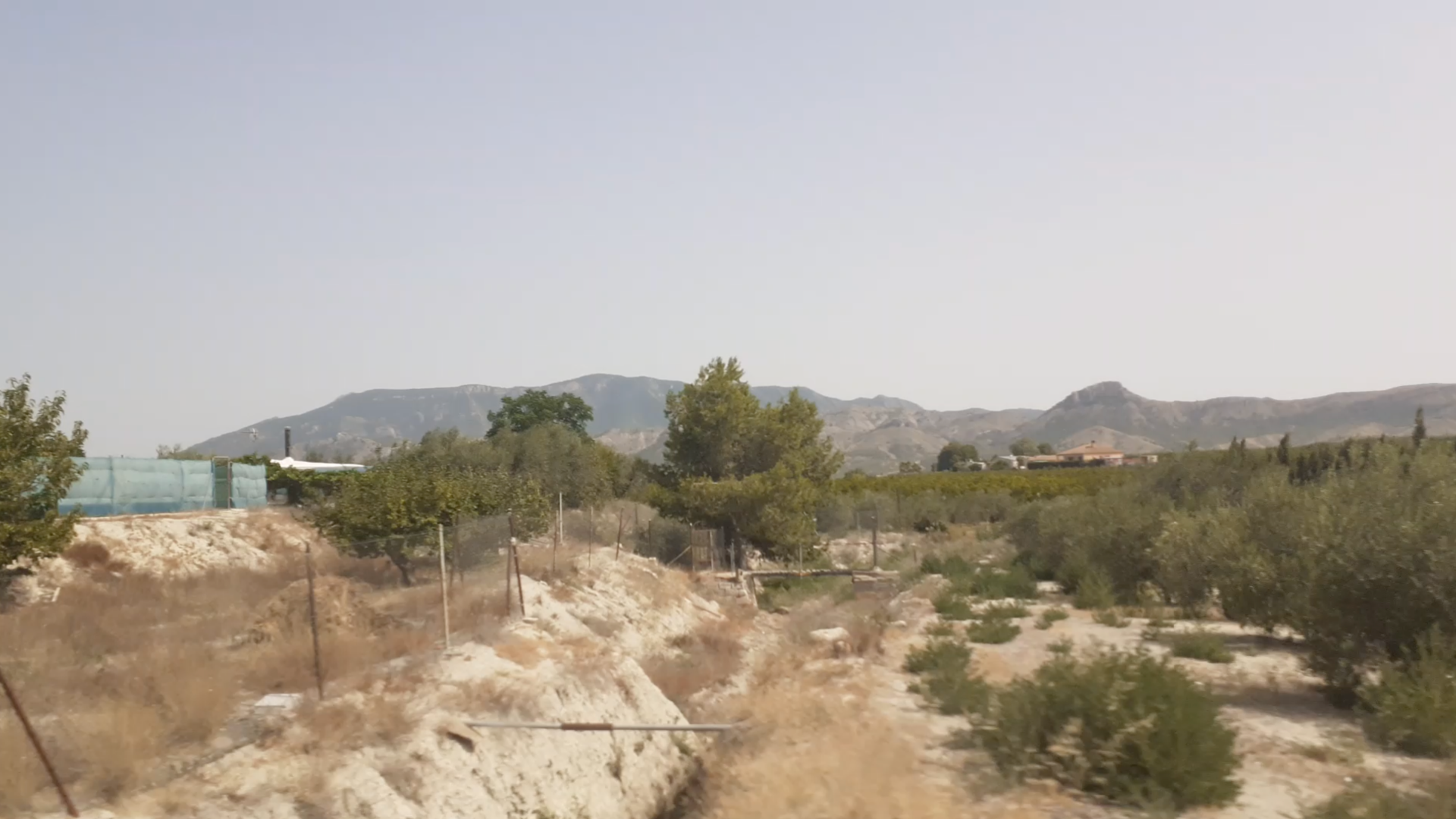
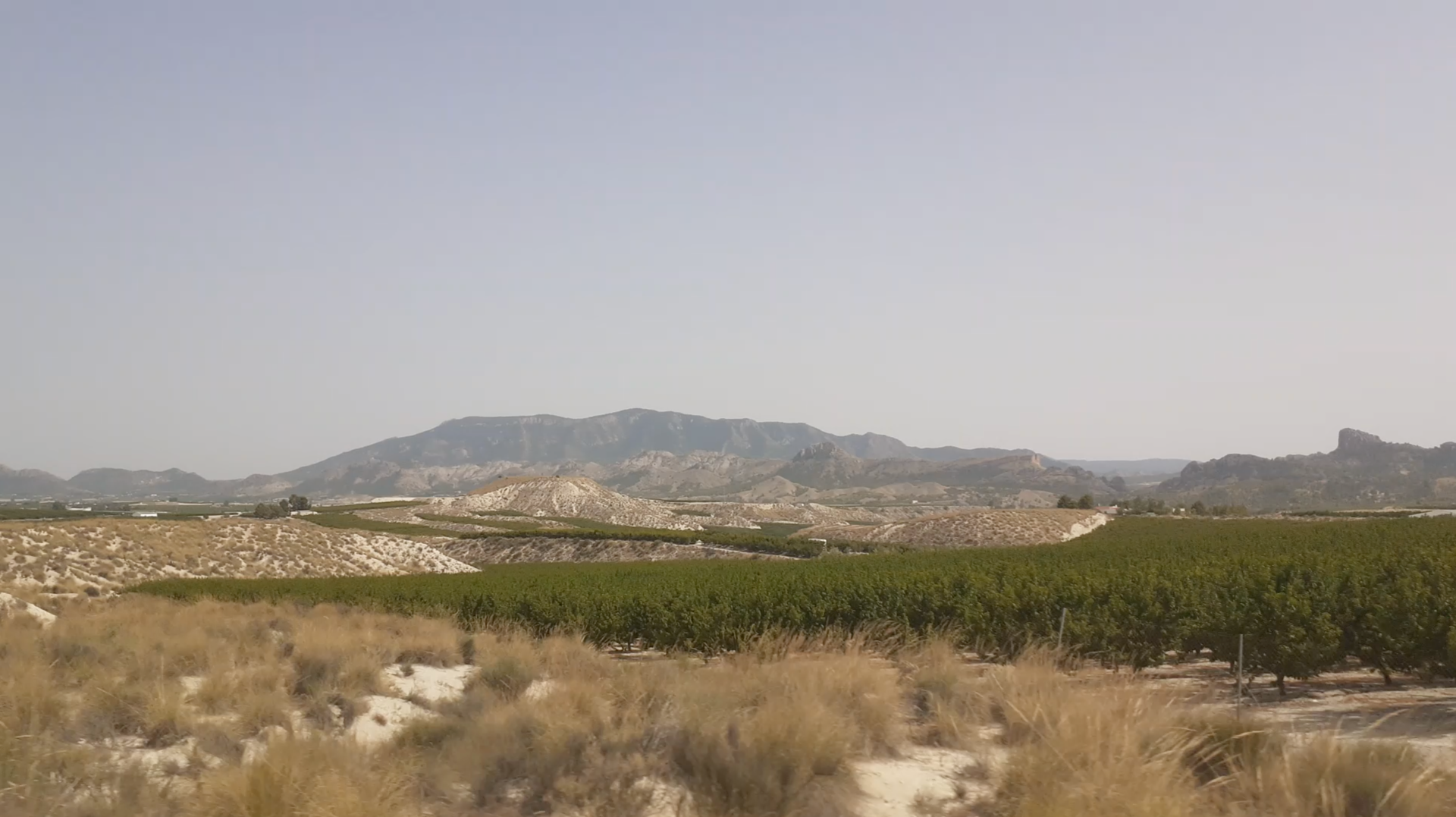
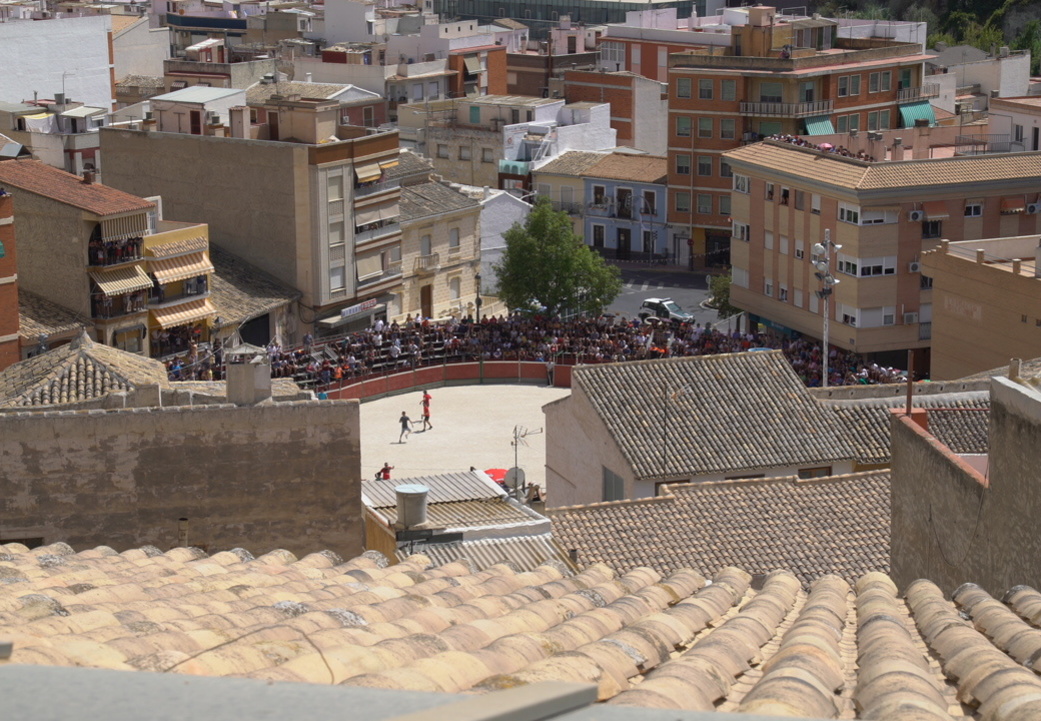
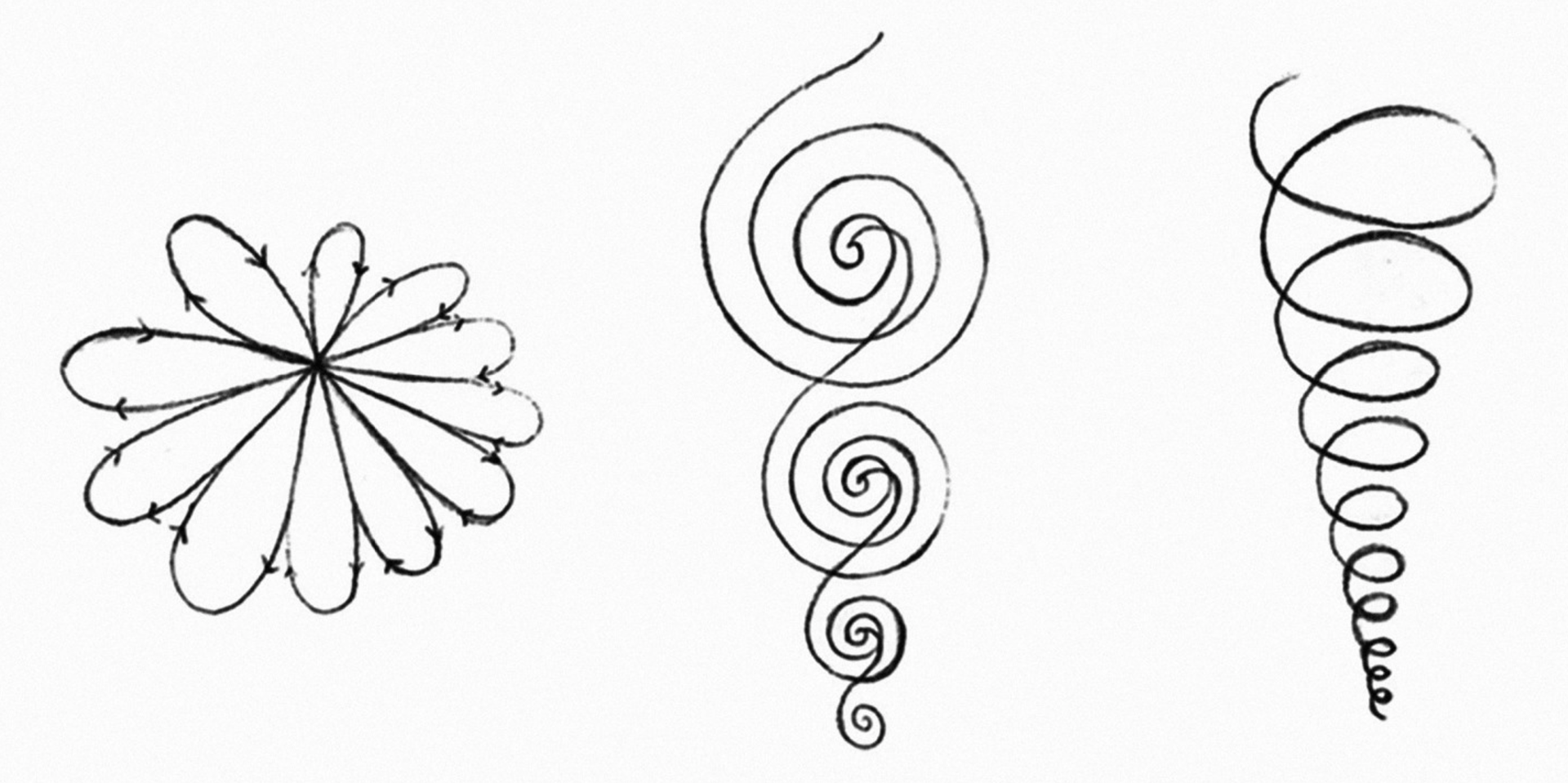
Image : sketches on forms of recursion from Recursivity and Contingency (2019), Yuk Hui.
Source: e-flux, Cybernetics for the Twenty-first Century; An Inteview with Philosopher Yuk Hui, by Geert Lovink
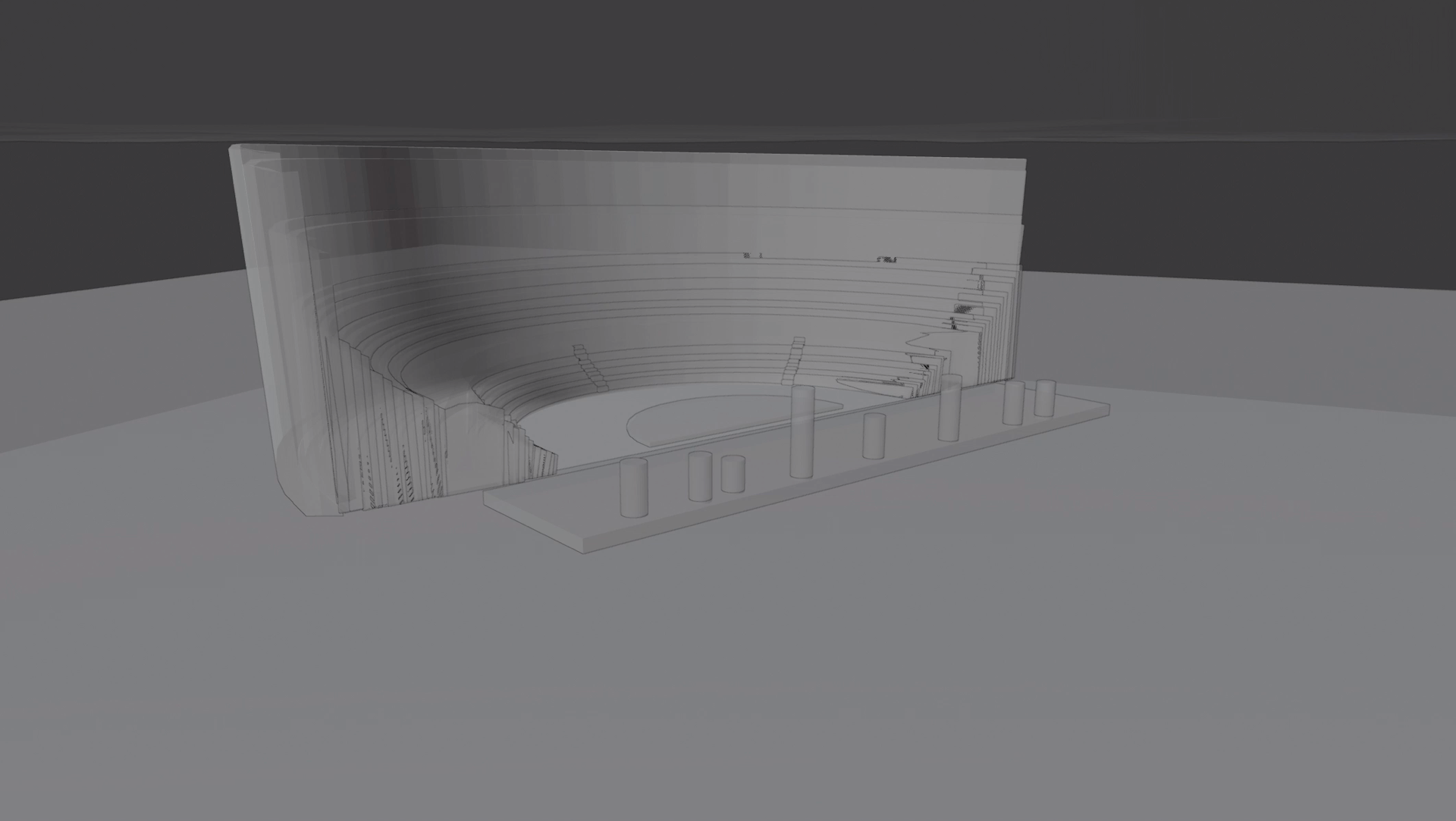
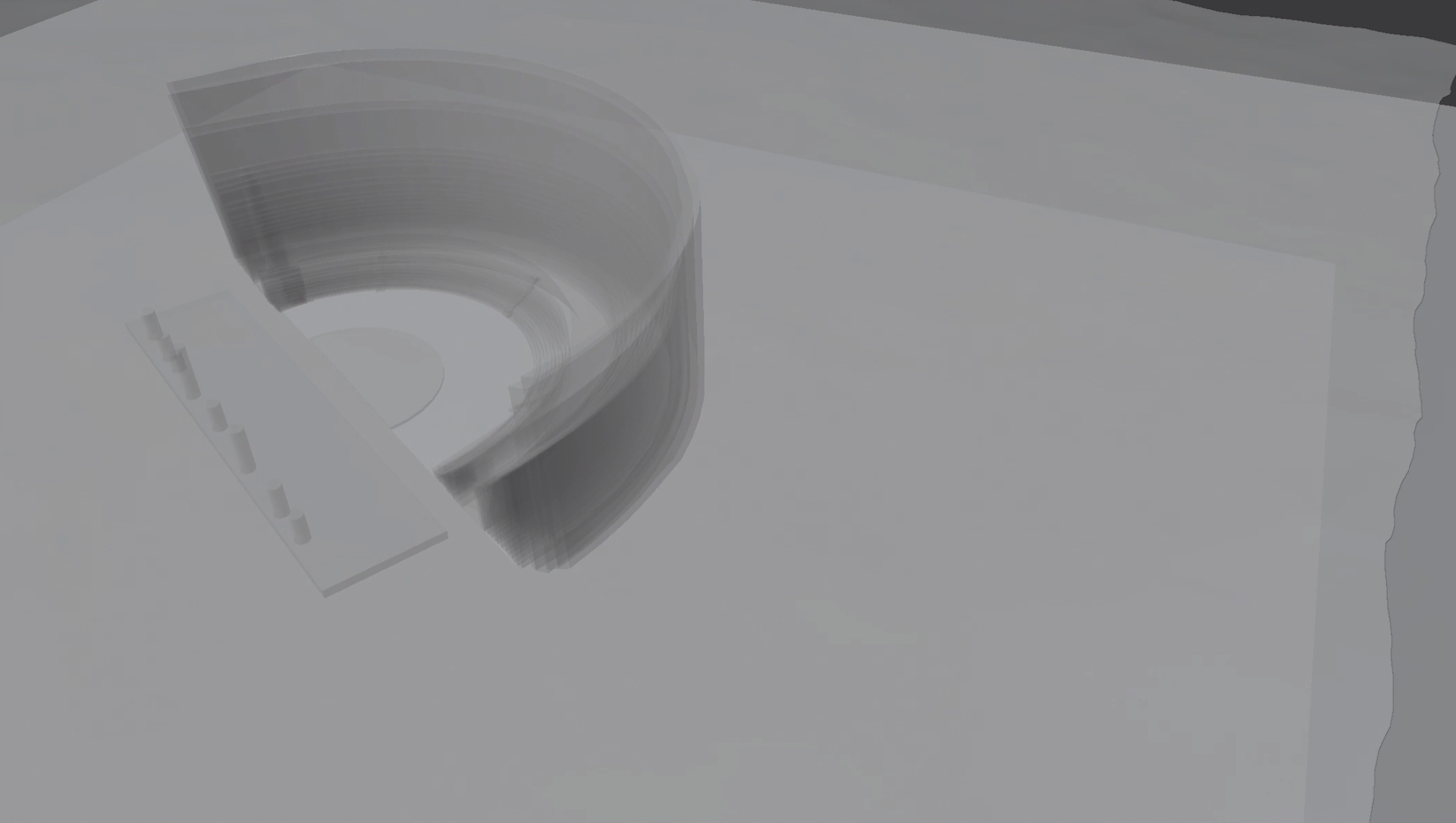
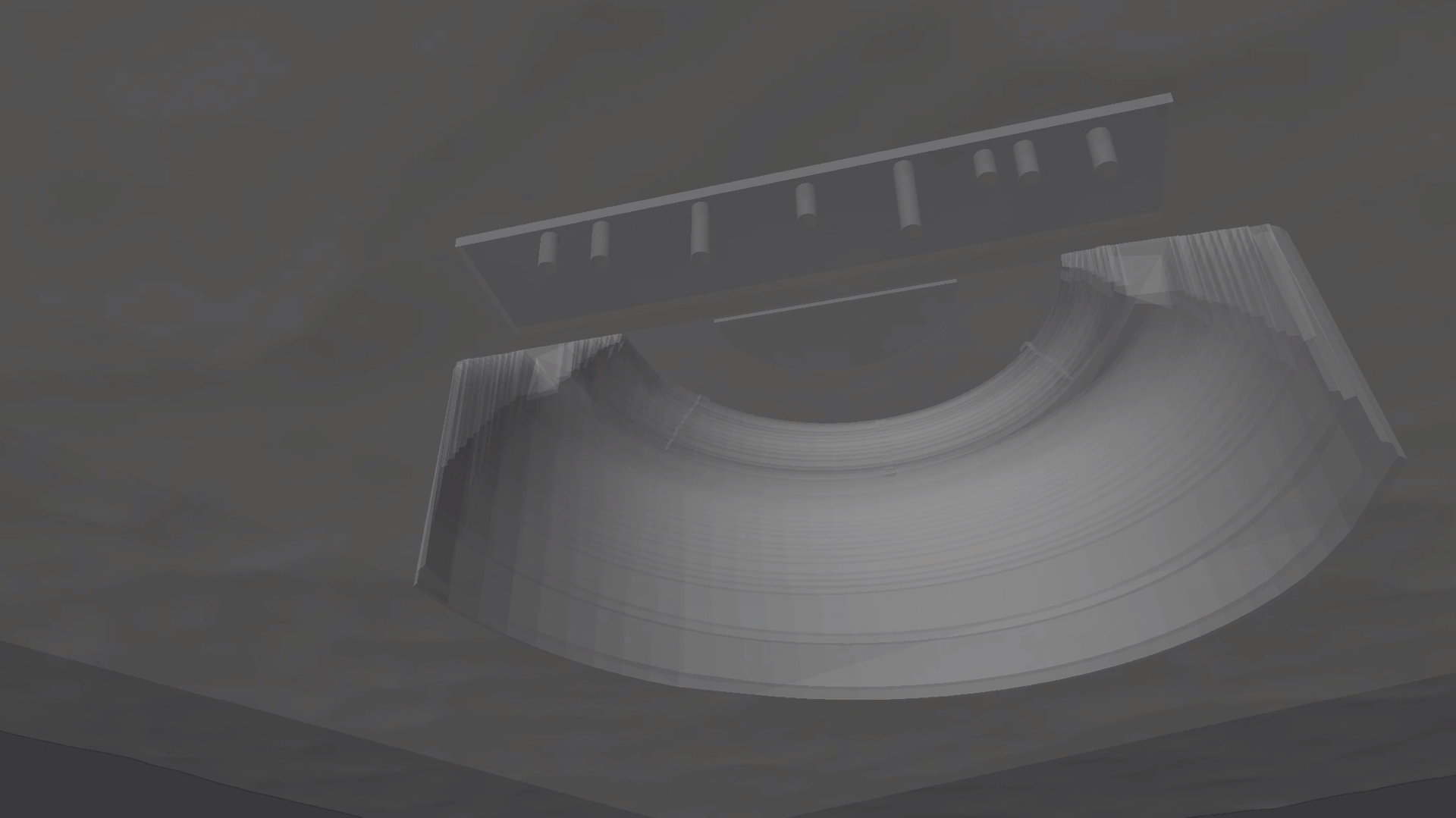
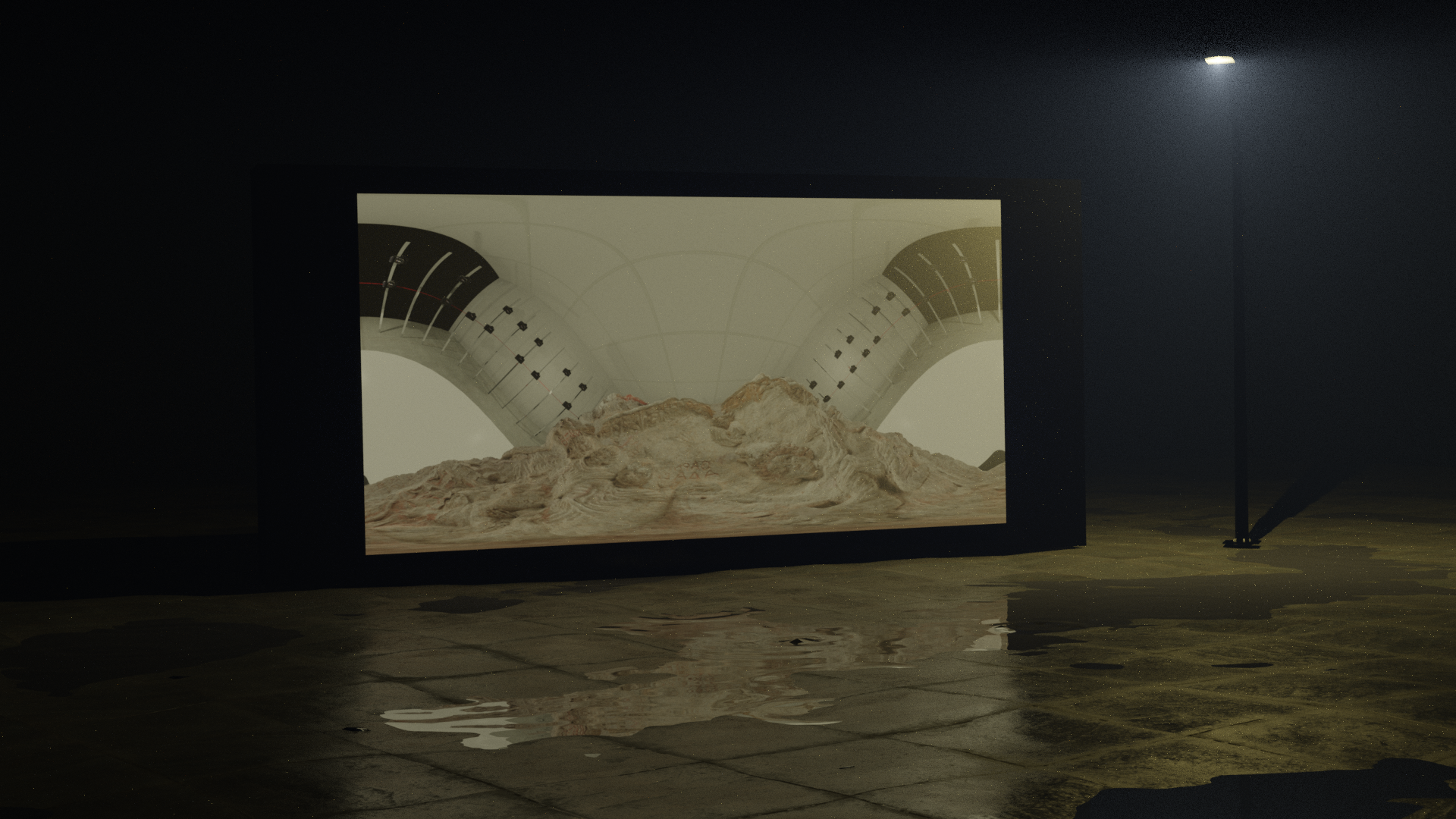
L E V E L O N E
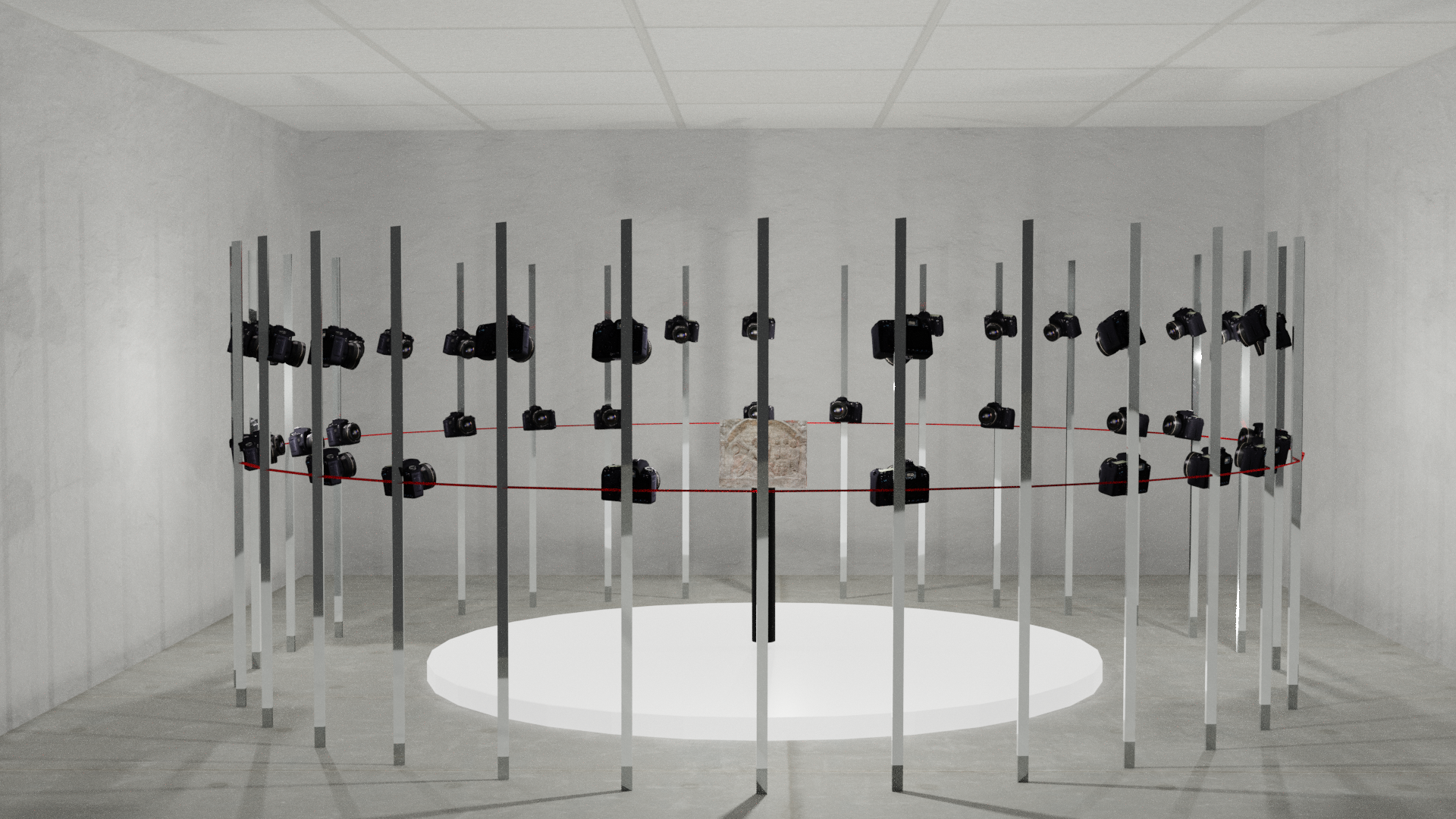
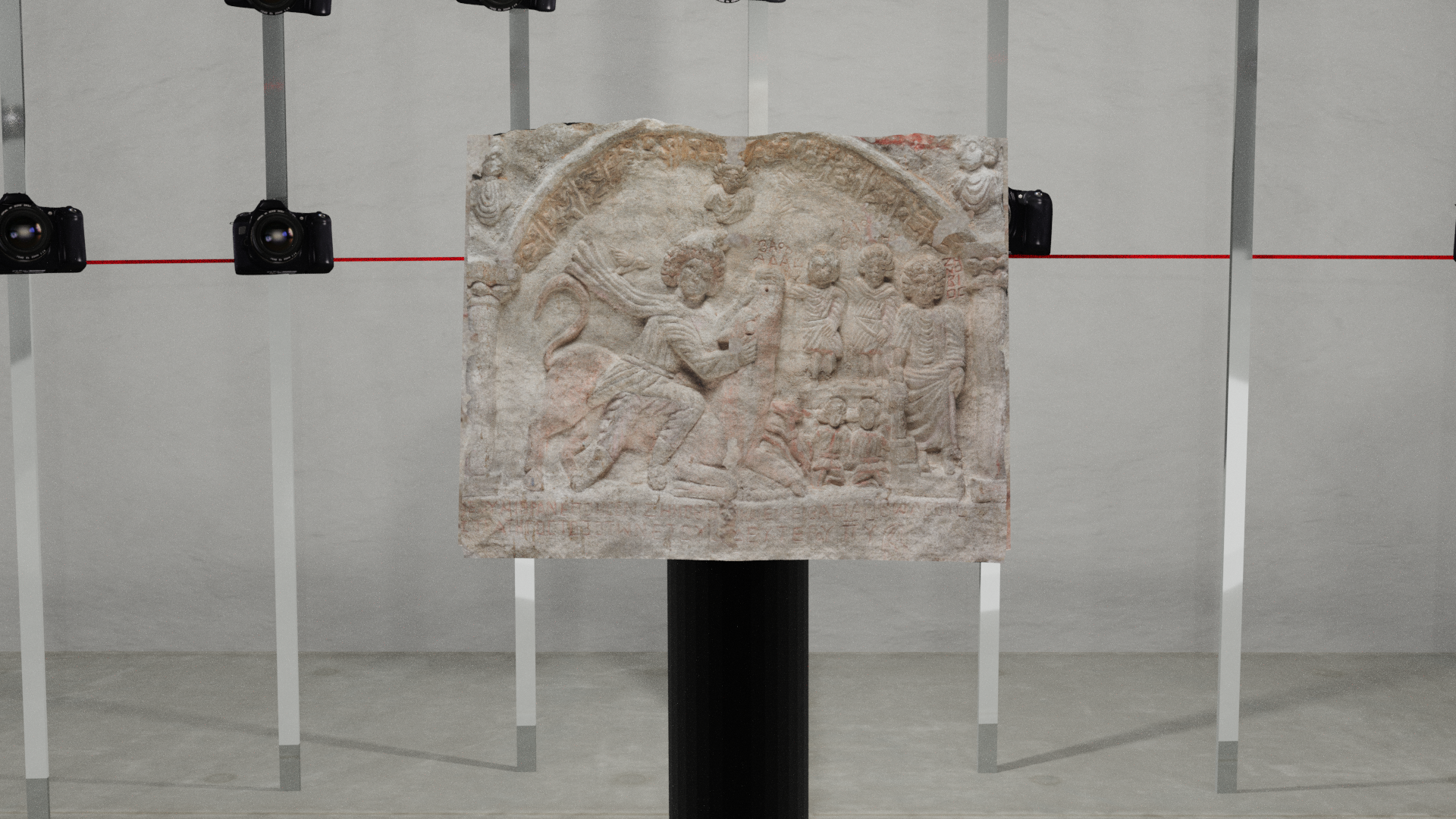
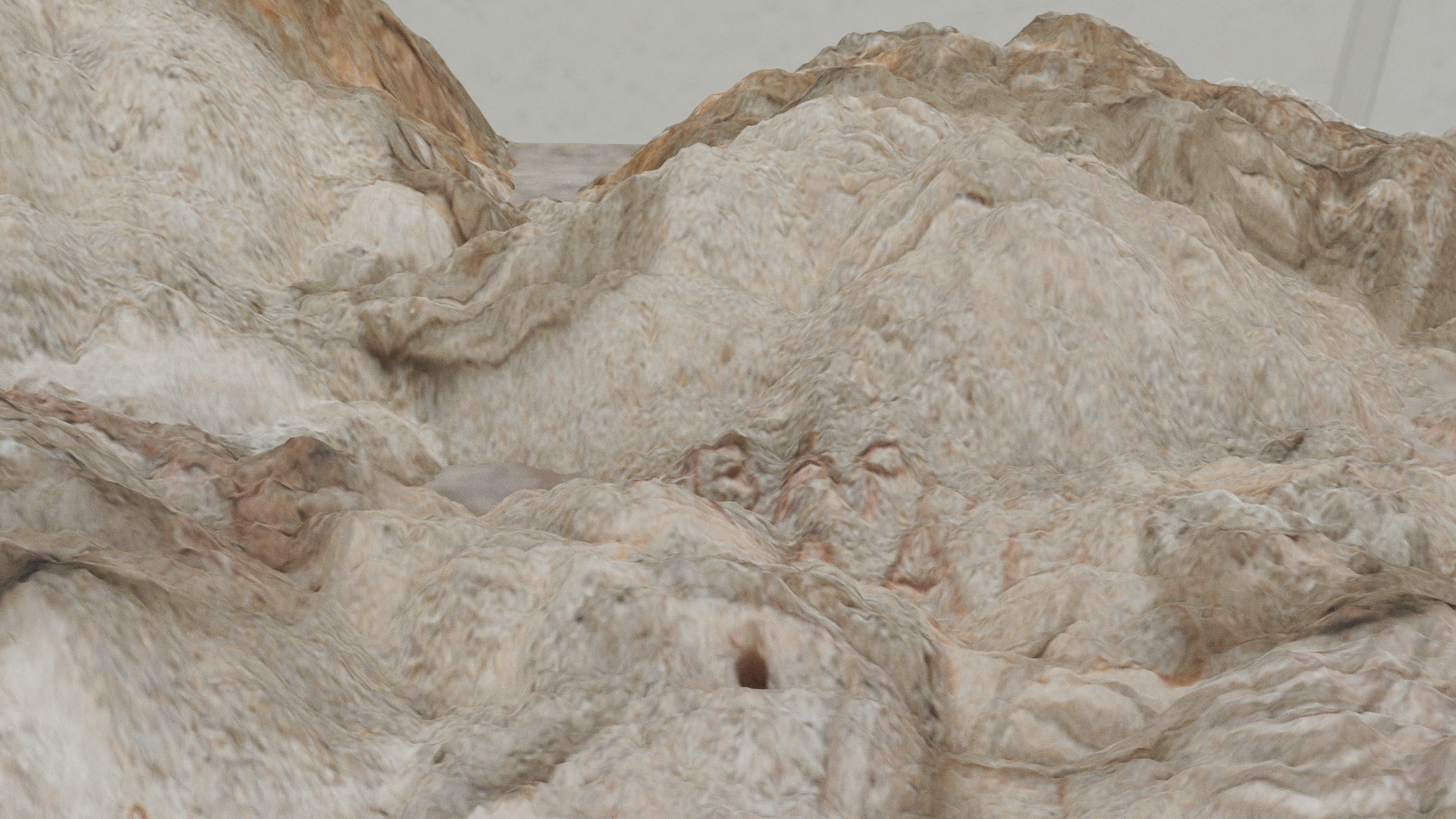
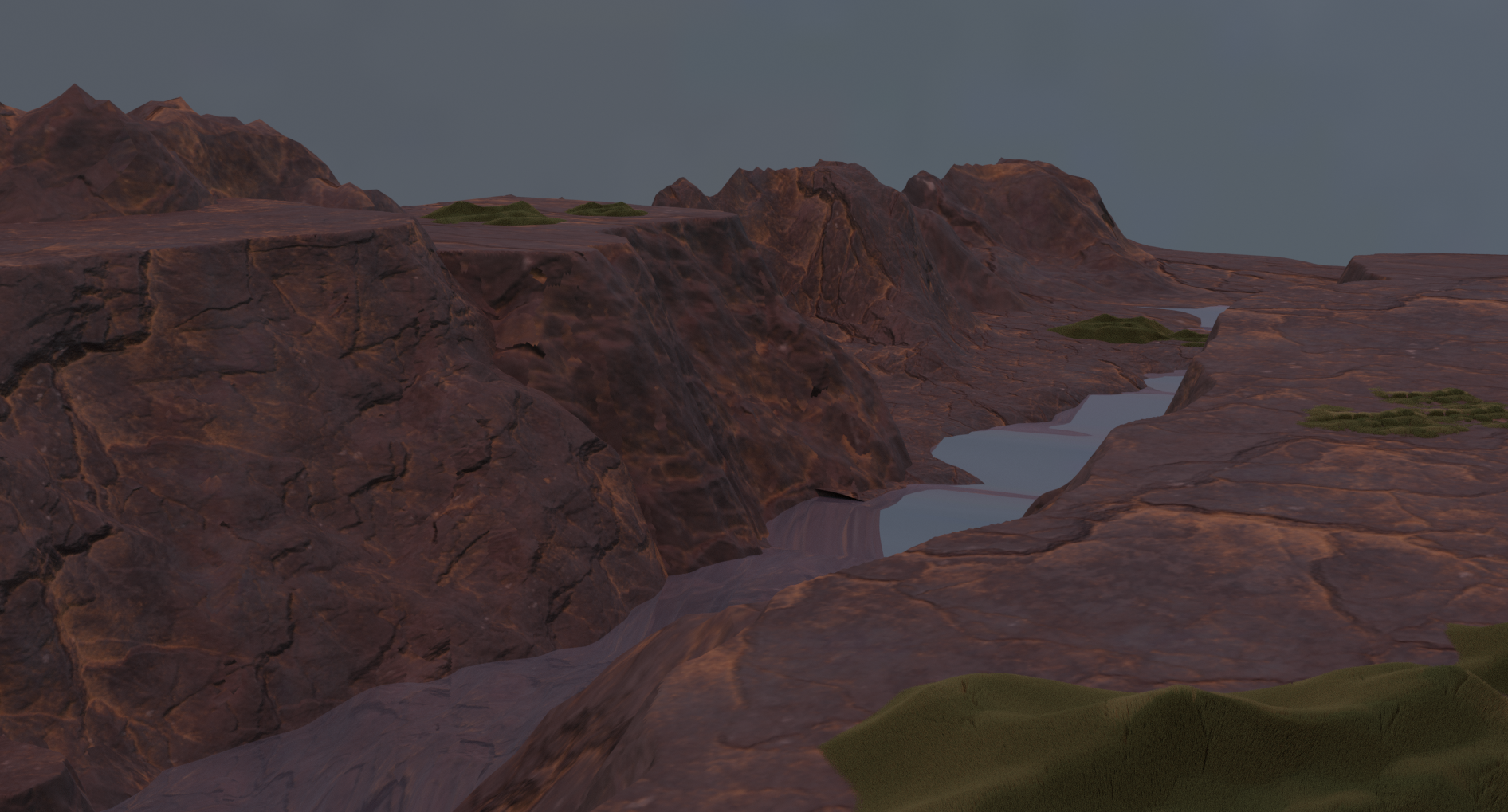
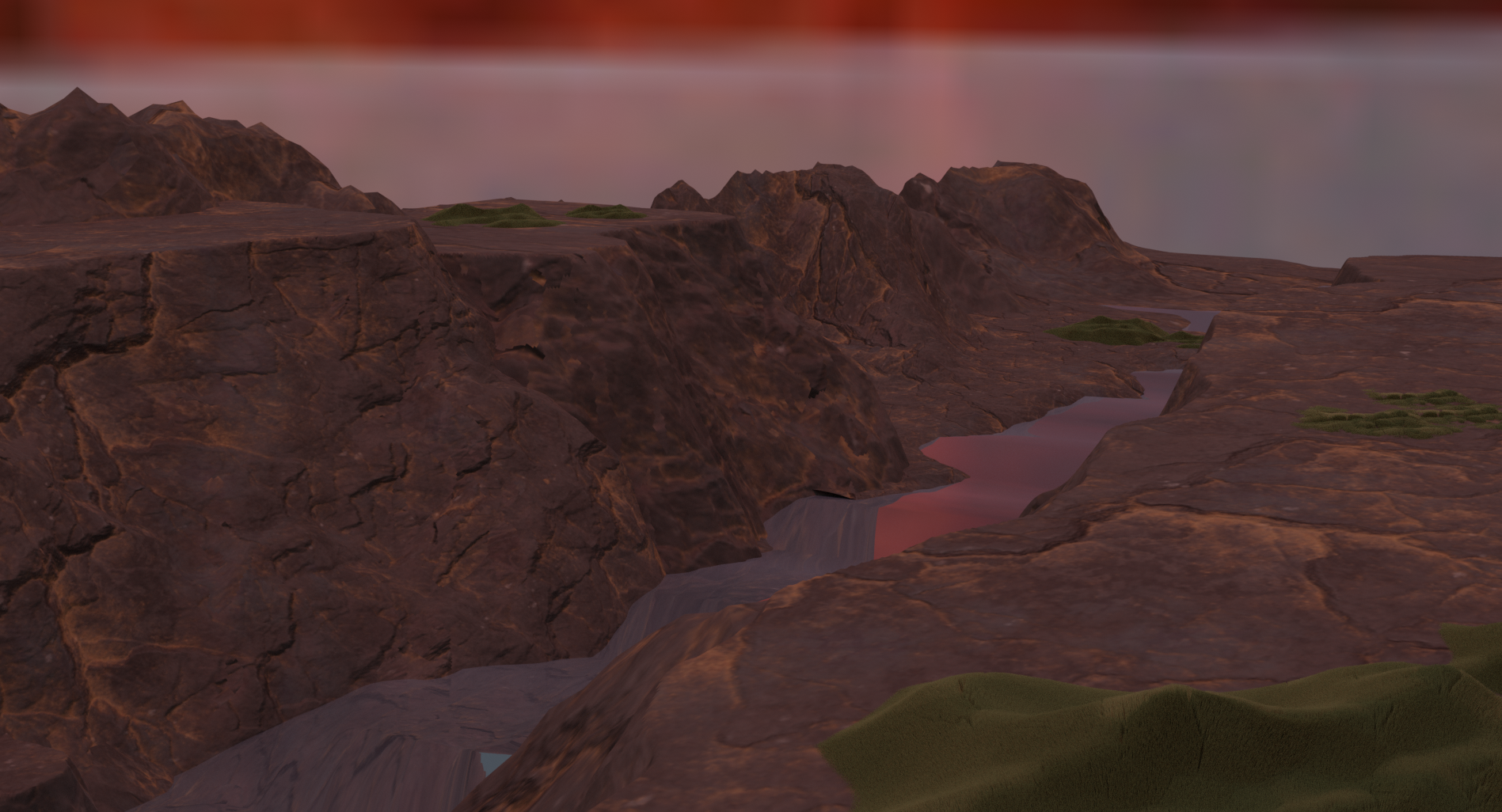
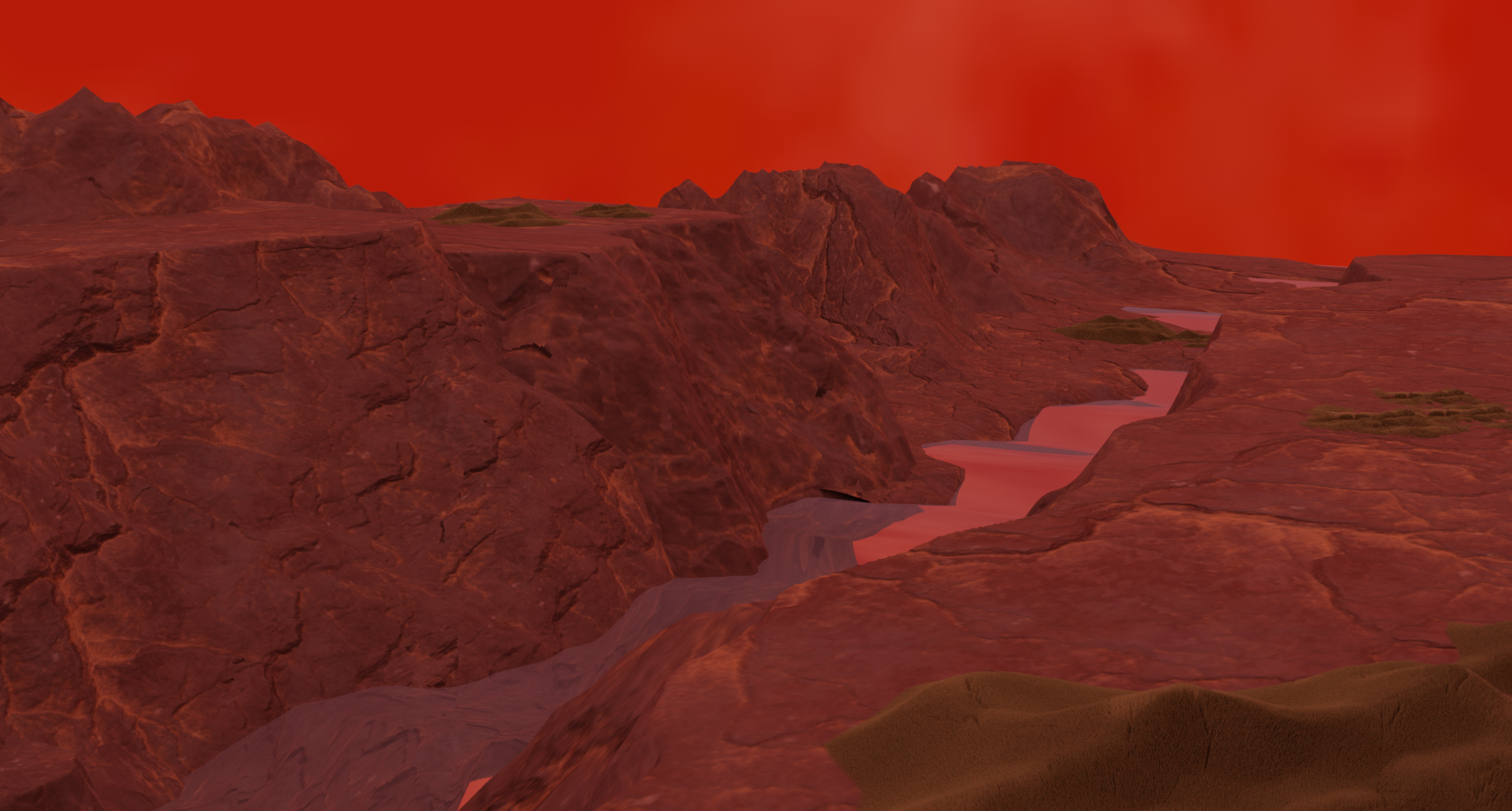
Besides the animals, there were also gods:
there were gods who came of youth,
and who served as hosts to wail at the watering place.
Tell me, how is it that you came to this place?
Was it not you who provoked the Bull of Heaven,
and who entered the Waters of Death? Why are we so disturbed?
Did you not notice me when I entered the Waters of Death?
Did you not look back at me when I entered the Waters of Death?
Did you not look back at me at the watering place when the animals were drinking
around it?
Excerpt from Epic of Gilgamesh
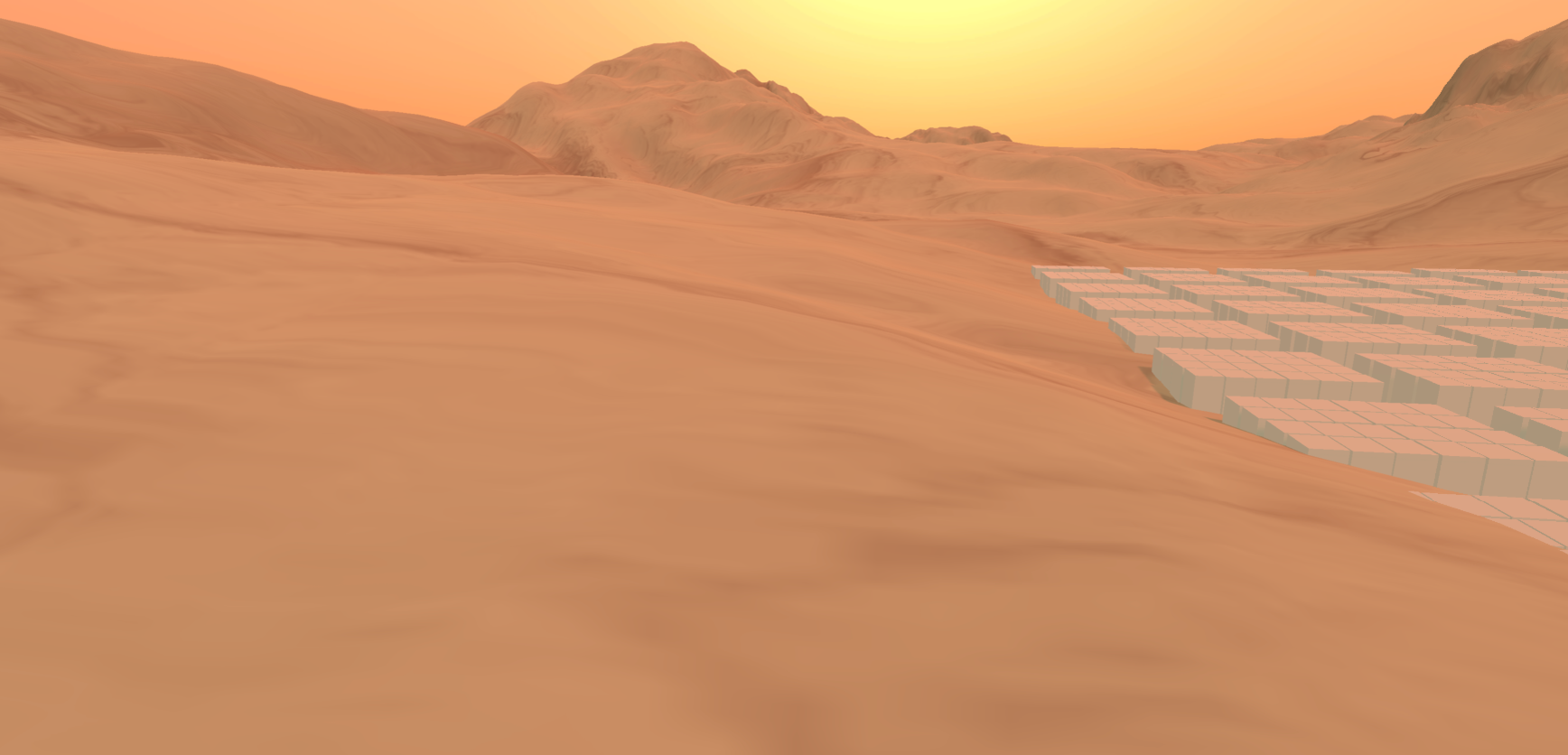
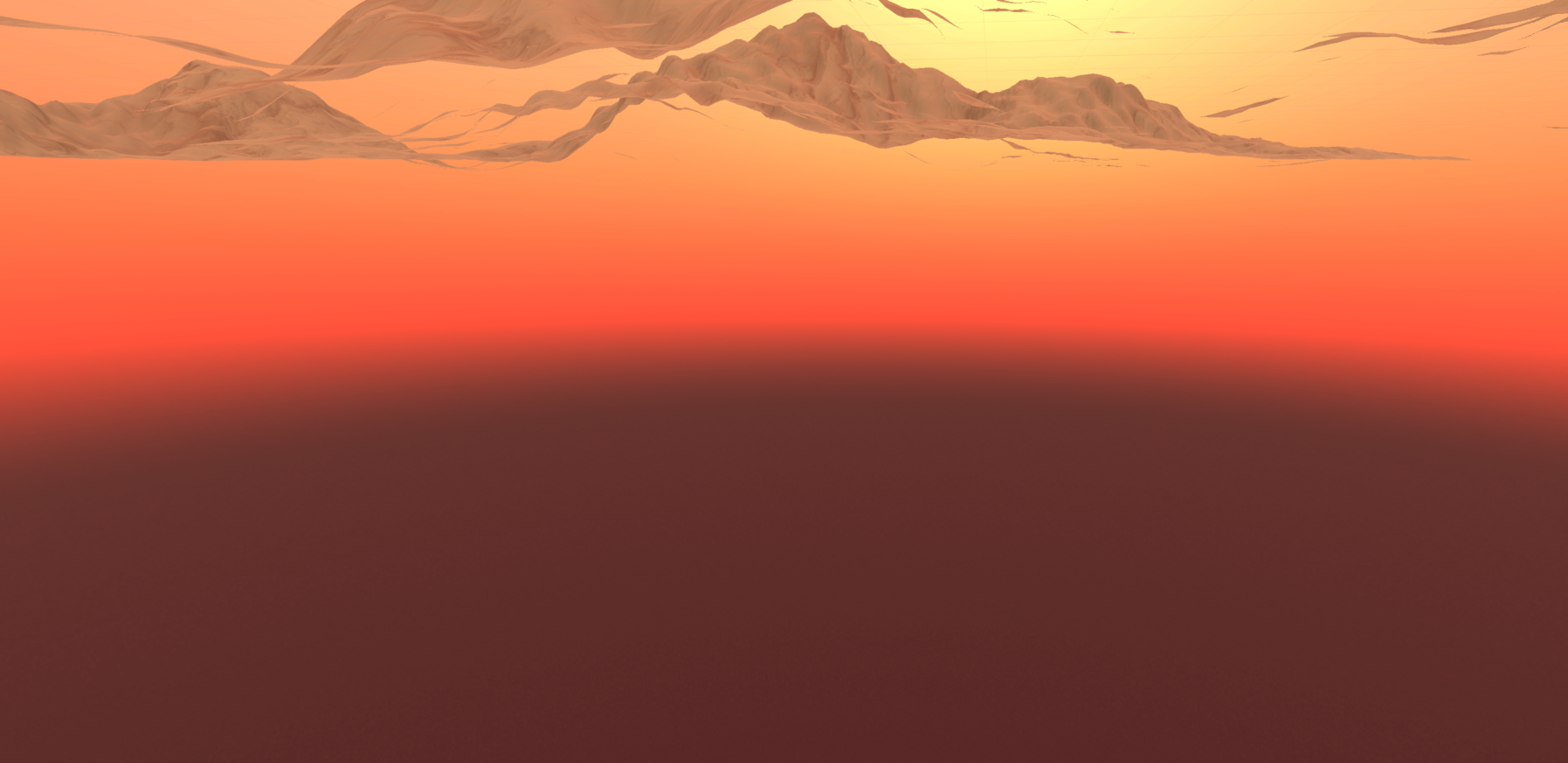
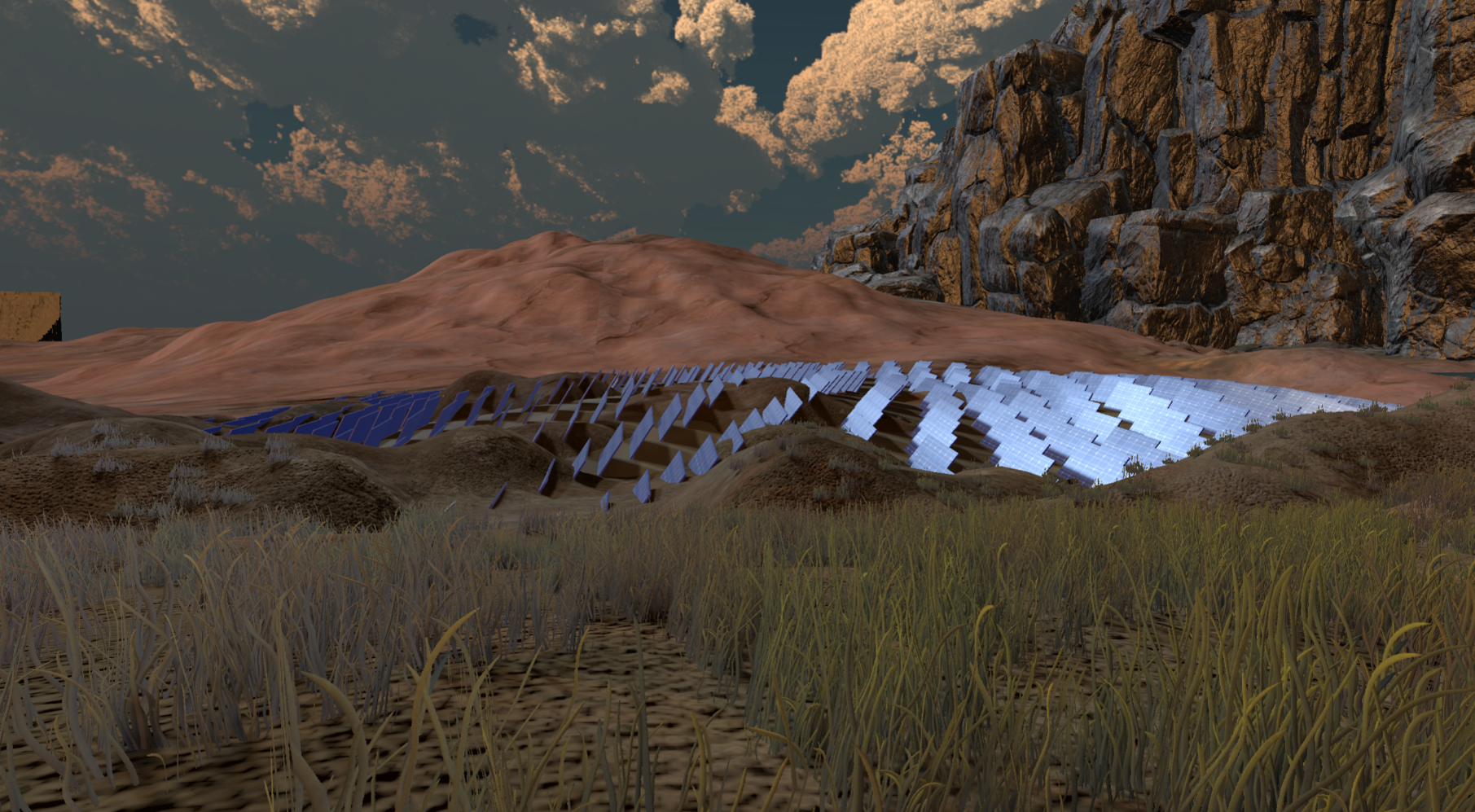
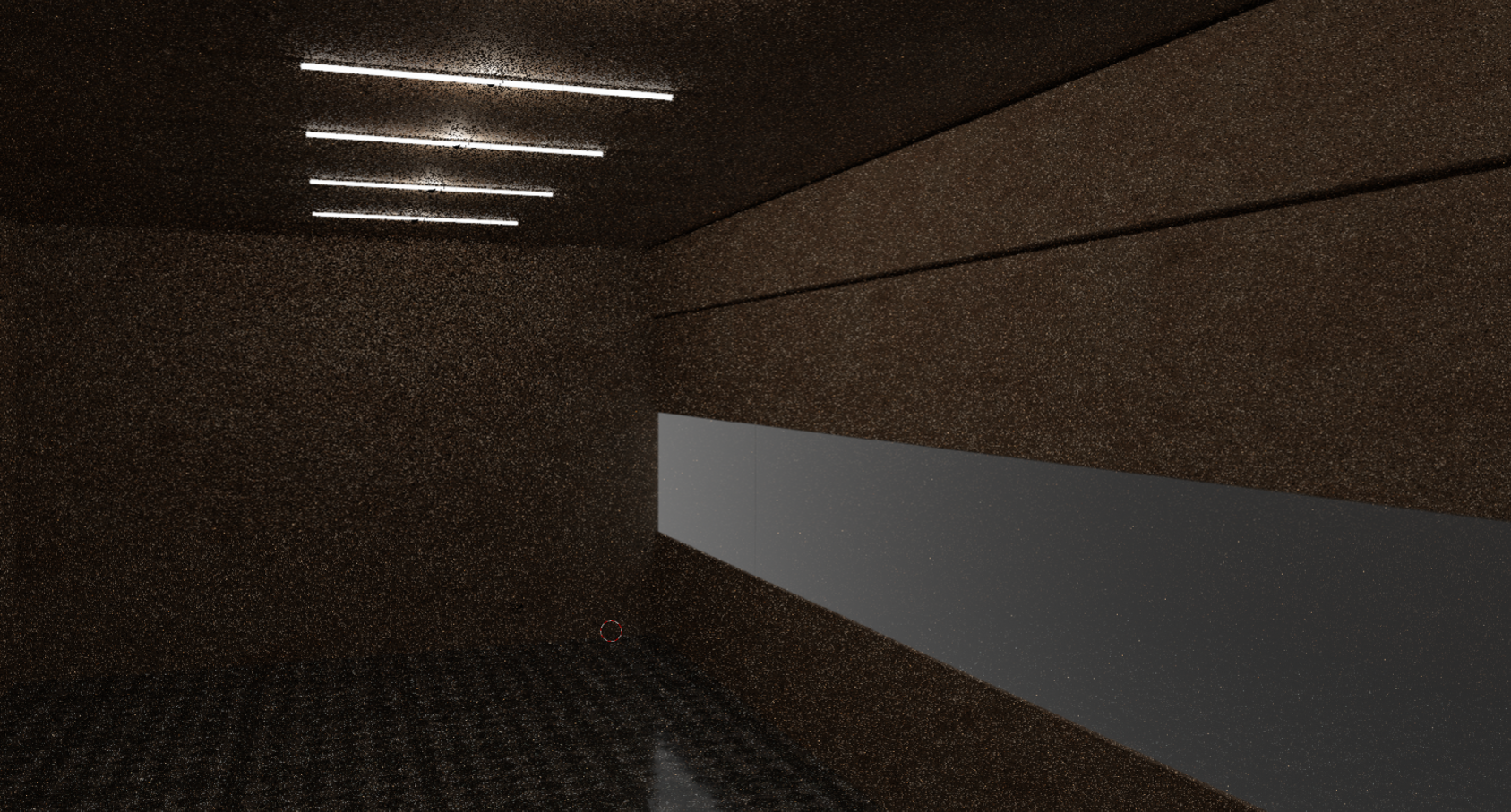
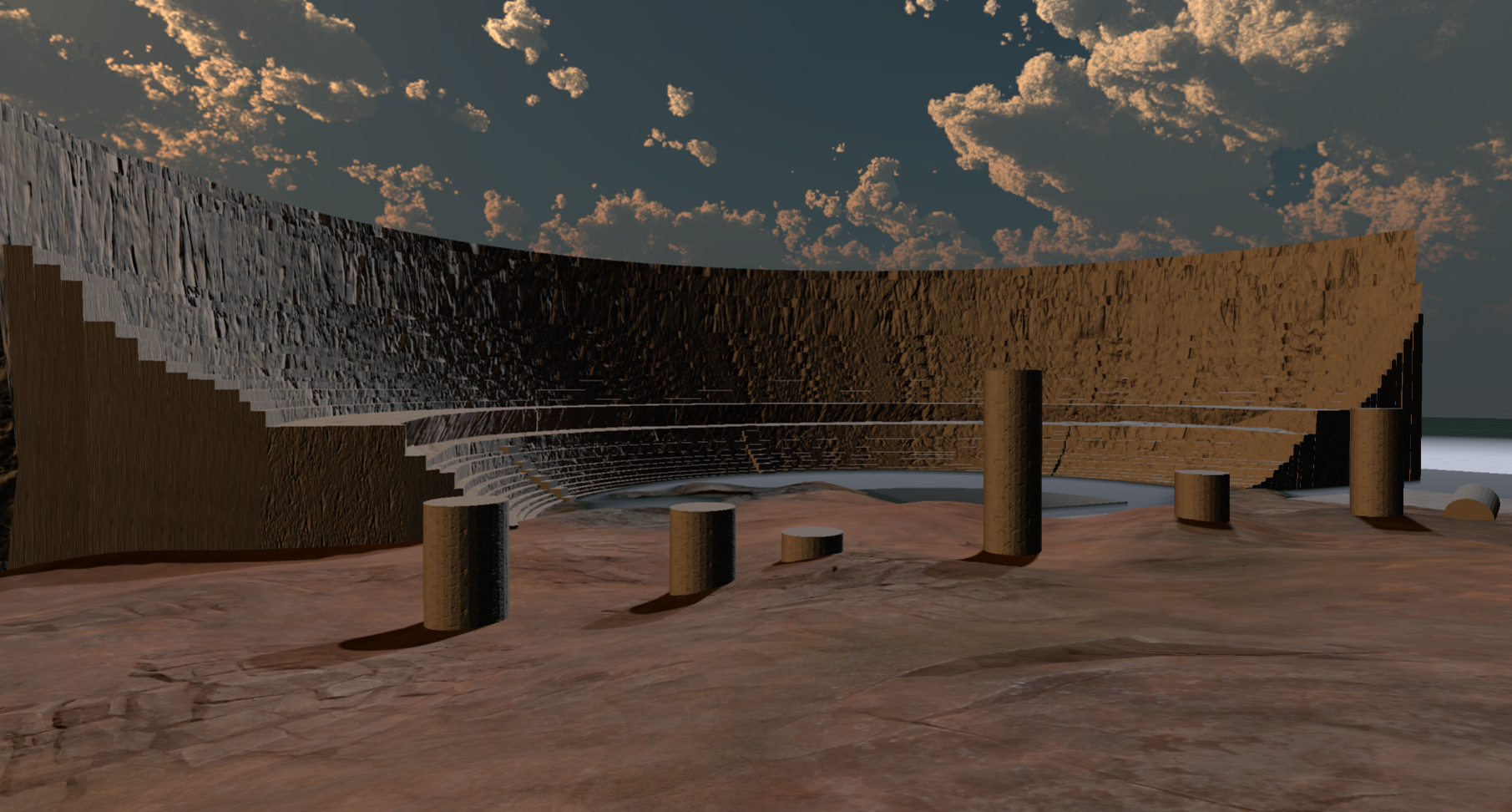

https://rebeccagill.info




